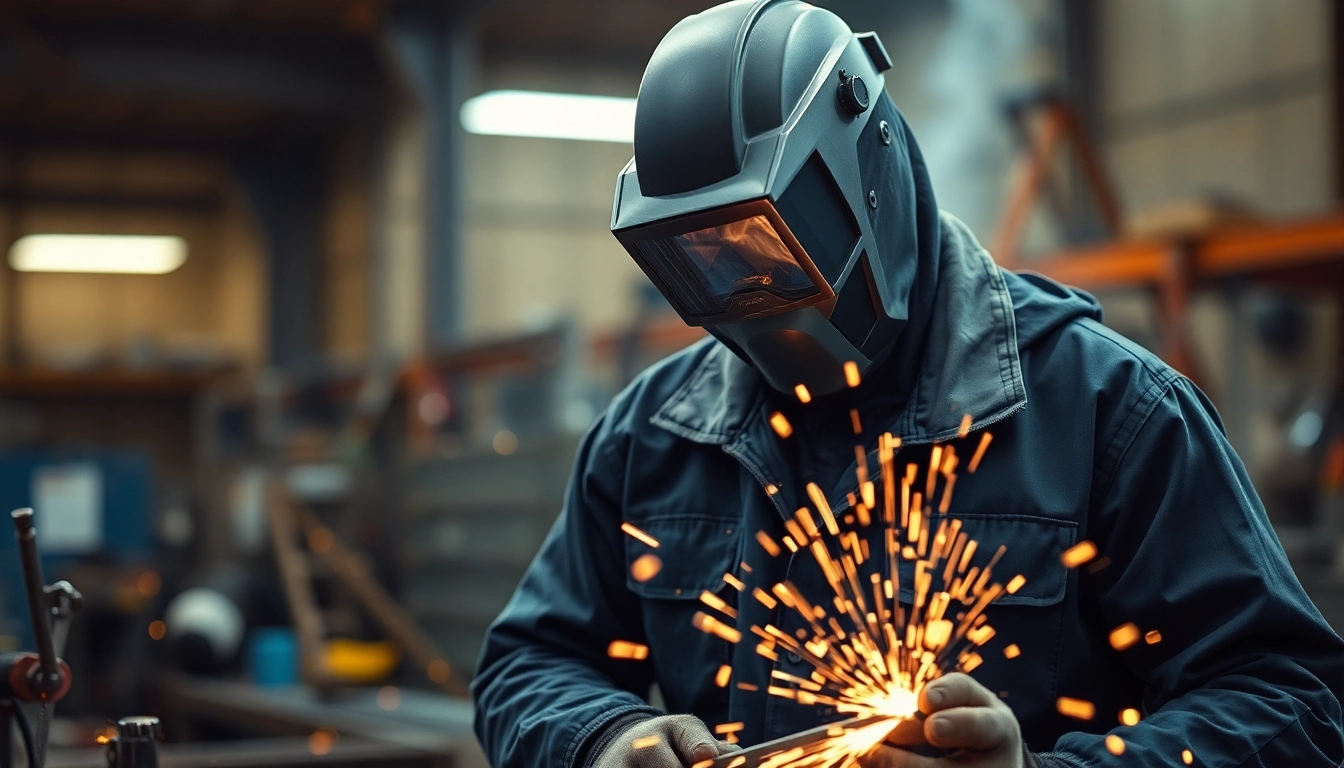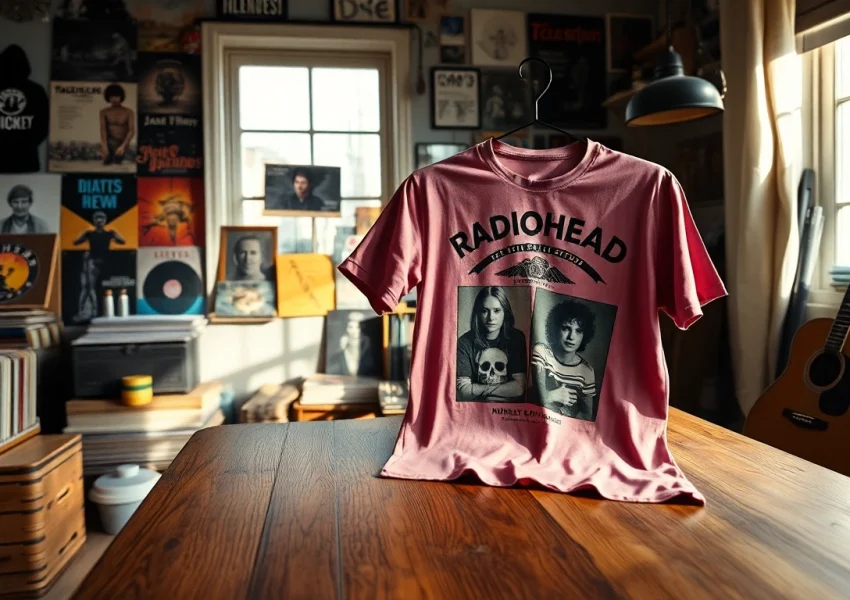Understanding Welding Jackets
Welding jackets are essential garments used by welding professionals to protect themselves against heat, sparks, and infrared radiation. They come in various materials and styles to cater to the specific needs of different welding tasks. As safety plays a pivotal role in the welding industry, wearing a suitable welding jacket can significantly reduce the risk of injuries and accidents.
What is a Welding Jacket?
A welding jacket is a specialized protective clothing item designed to shield welders from the dangers associated with the welding process. Typically made from flame-resistant materials, these jackets can withstand high temperatures and prevent sparks from igniting. Features such as high collars, long sleeves, and adjustable cuffs enhance protection while maintaining comfort. They are available in various designs, including full-length coats and mid-length options, catering to personal preferences and work requirements.
Importance of a Welding Jacket in Safety
The importance of a welding jacket cannot be overstated. Welding generates intense heat and produces molten metal, which can create serious burns or skin injuries if appropriate protective gear is not worn. A quality welding jacket acts as a barrier between the welder and these hazards, absorbing heat and shielding against sparks. In addition to physical protection, wearing a welding jacket that meets industry safety standards is often a mandated practice within many organizations, highlighting the necessity of compliance in maintaining a safe work environment.
Key Features of Quality Welding Jackets
When selecting a welding jacket, several key features should influence your choice:
- Material: Most welding jackets are made from flame-resistant materials such as cotton, leather, or synthetic blends. Each material offers varying degrees of protection and comfort.
- Length: Length can affect protection; longer jackets provide coverage down to the hips or thighs, offering greater safety against spatter.
- Breathability: A breathable design can enhance comfort during prolonged use, preventing overheating.
- Durability: Quality welding jackets should withstand regular wear and tear, maintaining their protective properties over time.
- Fit and Adjustability: A proper fit is critical for safety. Look for jackets with adjustable cuffs, collars, and waistbands to ensure a snug fit while permitting ease of movement.
Types of Welding Jackets
Leather vs. Fabric Welding Jackets
The choice between leather and fabric welding jackets largely depends on the specific welding processes being undertaken. Leather jackets, made from cowhide or pigskin, provide robust protection against high heat and sparks, making them ideal for heavy-duty welding tasks. They are often preferred for MIG and TIG welding due to their resilience and durability.
Fabric jackets, typically crafted from cotton or flame-resistant cotton blends, offer lightweight comfort and are less expensive than leather counterparts. These are well-suited for lighter welding tasks or for those specific jobs requiring flexibility. Most fabric welding jackets are also machine washable, making maintenance simpler than leather options.
Flame Resistant Properties Explained
Flame resistance is a critical feature of any welding jacket. This property is typically achieved through the use of specific materials or chemical treatments applied to fabrics that inhibit ignition and prevent flames from spreading. It is essential to look for welding jackets that comply with industry standards such as the National Fire Protection Association (NFPA), which governs safety equipment tested under specific conditions.
The flame-resistant qualities of a welding jacket can deteriorate over time due to wear, tear, or repeated washing. This makes regular inspections and adherence to care instructions paramount to ensure continued protection.
Specialized Jackets for Different Welding Techniques
Different welding techniques may necessitate specialized jackets to optimize safety and functionality:
- Arc Welding: Jackets suitable for arc welding have reinforced stitching and extra padding to protect high-impact areas.
- MIG Welding: For MIG welding, look for jackets with better breathability; these should handle the heat yet allow for adequate airflow.
- TIG Welding: TIG welding demands precision, hence jackets that feature a slim profile ensuring maximum mobility with minimal obstruction are preferred.
- Flux-Cored Arc Welding (FCAW): Jackets for FCAW welding should have added shields to combat splatter and high temperatures.
Choosing the Best Welding Jacket for Your Needs
Factors to Consider: Comfort, Fit, and Material
Selecting the best welding jacket involves a careful assessment of several factors, including comfort, fit, and the type of material. It is important for welders to try on options to find the right size and adjustability to ensure comfort throughout extended periods of wear. An uncomfortable jacket could restrict movement and become a distraction, impacting work quality and safety. When comparing materials, consider not only flame resistance but also how the fabric behaves under high temperatures. The jacket should ideally feature moisture-wicking properties to prevent overheating and facilitate mobility.
Comparing Prices: Budget-Friendly Options
Welding jackets can vary widely in price; knowing your budget while seeking value is crucial. Entry-level jackets may range from $20 to $50 and are suitable for novice welders or those who need a backup jacket. Mid-range jackets typically fall between $60 to $150 and often offer better durability and more advanced features. Premium welding jackets can reach upwards of $200, combining high-end materials with specialized designs for professional welders. Always ensure any jacket selected meets safety and performance standards to justify its price.
Top Brands and Their Offerings
Several reputable manufacturers are recognized for producing high-quality welding jackets. Some of the leading brands include:
- Miller Electric: Known for its durable, high-performance welding jackets intended for professional heavy-duty use.
- Tillman: Offers a range of leather and cotton jackets that can cater to various welding disciplines.
- Black Stallion: Famed for vibrant designs, they also prioritize functionality and comfort in their product line.
- Lincoln Electric: Their jackets are engineered for maximum protection and comfort while exempting features like pockets for tools and gear.
Caring for Your Welding Jacket
Maintenance Tips for Longevity
Proper maintenance will extend the life of your welding jacket. Here are some tips:
- Inspect Regularly: Check for signs of wear and tear after every use; address minor damages before they escalate.
- Washing: Follow the manufacturer’s washing instructions. Most fabric jackets can be machine washed; however, leather jackets require specific cleaning protocols.
- Storage: Store jackets in a cool, dry place away from direct sunlight to prevent degrading fabric or materials.
Cleaning and Storage Best Practices
Cleaning procedures differ based on material:
- Cotton: Wash in cold water with mild detergent. Avoid bleach, which can damage the fabric.
- Leather: Use a damp cloth to wipe off dust and dirt. A specialized leather cleaner can be utilized for deeper cleaning.
For storage, hanging the jacket in a ventilated area is advisable, preventing odors and moisture build-up.
Signs It’s Time to Replace Your Jacket
As jackets age, they may no longer provide adequate protection. Key indicators that it may be time to replace your welding jacket include:
- Visible holes or rips, especially near seams.
- Faded or worn fabric that has lost flame-resistant properties.
- Any significant loss of structural integrity, such as loose fittings or broken zippers.
Real User Experiences and Reviews
Customer Ratings and Feedback on Popular Jackets
Many welders turn to online reviews to gauge the performance of welding jackets. Common feedback highlights the importance of breathability and comfort, especially for welders on extended shifts. Customers often emphasize how a quality jacket can facilitate ease of movement without sacrificing safety.
Case Studies: Welders Share Their Best Choices
Case studies illustrate tailored choices among welders. For instance, a TIG welder may favor a lightweight cotton jacket with a slim fit, while a MIG welder might opt for a leather jacket to withstand intense heat. Feedback from experienced welders can guide new professionals in making informed choices.
Expert Recommendations for Different Welding Environments
Experts recommend matching jacket features to specific work environments. For outdoor repairs in winter months, heavy leather jackets with thermal lining are advisable. Conversely, indoor welding in a controlled environment may favor breathable cotton to enhance comfort during long periods of use.





